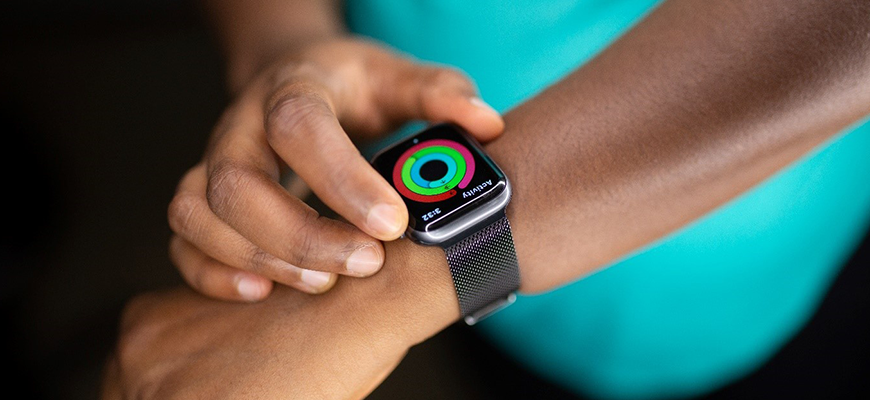
Those that own wearable technology can be overheard discussing their daily step count. Are you making sure that you’re hitting other targets such as your movement and exercise goals?
Depending on the brand of smartwatch, the naming conventions maybe different but there are three daily goals your watch can track:
- Exercise - number of minutes spent exercising
- Movement - number of kilojoules or calories burnt
- Standing - number of hours in which you've stood and moved for at least a minute
So how do you know what your goal should be for each of your daily targets?
Exercise
The national guidelines for physical activity state that adults should be aiming for 150 minutes per week, while teenagers and children should be aiming for 60 minutes per day.
This means setting a goal for 30 minutes of activity per day should be the minimum target, however, don’t let that stop you from setting the bar higher!
If you are regularly hitting this benchmark, why not challenge yourself?
Movement
How much should you be aiming to burn during your workouts becomes a little bit more subjective and will depend on your fitness goals. There are some calculators that you can use as a benchmark to identify on average what you will be burning based on your daily exercise target and your type of exercise (e.g. walking, running, cycling). Here are two examples from Bupa and Medibank. Remember that you want to set something that isn’t too far out of reach but pushes you to do a bit extra!
Depending on your watch brand or settings, your movement goal will need to be entered in kilojoules or kilocalories, a simple google search will be able to convert into your required energy measurement format.
Standing
We all know sitting encourages a sedentary lifestyle and many adults will sit at a desk staring at a screen while conducting their office work. Therefore, it’s important to take breaks to get up and move during the workday.
This also allows you to refocus and intertwine some much-needed physical activity in your day. While it would be ideal to try and get this done for the 16 hours of your waking day, the standard 12 hours should be sufficient.
Why is 10,000 steps important?
In 2010, a study of 60,000 corporate workers in 55 countries found that after eight months of aiming for 10,000 steps a day, 67% of participants reported an increase in fitness and energy levels. They also lost an average of around 4.5 kilograms each, just from walking, and many reduced their blood pressure as well.
The benefits of walking 10,000 steps:
- boost your energy
- aid relaxation and clear your mind
- provide a sense of achievement and satisfaction
- improve confidence and mood
- help manage your weight
- promote healthier blood cholesterol and blood pressure
- build stronger bones and muscles
- reduce your risk of heart attack
For those who need a bit of extra motivation or a place to start, you could join the below initiatives that align to Game On!
- The Game On Corporate Cup – registrations will open mid-May
- The Heart Foundation Walking group on Facebook
Every day is a new opportunity to get active. If you're struggling to build physical activity into your lifestyle and get those movement and steps up, try making it social...
- Visit your local park and take a picnic with friends and family.
- Go on outings that encourage walking, such as visiting the zoo, botanical gardens, national parks, theme parks, expos or historic sites.
- Discover your local walking tracks.
- Meet up with friends to do activities, such as bowling, bike riding, tennis, rock climbing, dancing, swimming and bushwalking.
- Join a community class, such as dancing, tai chi and yoga.
- Go camping for your next holiday.
- Try a new activity – dancing, skipping, rollerblading, frisbee, hula hoop, beach cricket, volleyball – anything that takes your fancy!
- Form your own sports team with friends or colleagues or join an existing club.

